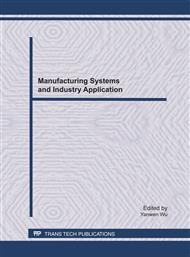p.1
p.7
p.13
p.19
p.25
p.30
p.35
p.39
Lifelong E-Learning and Individual Characteristics: The Role of Gender, Age, Career and Prior Experience
Abstract:
Lifelong learning is a term recognized that learning is not confined to childhood or the classroom, but takes place throughout life and in a range of situations. Compare to the continuous growth of the e-learning market for the lifelong learning of adults, there are relatively few studies are available on the learning behaviors of these learners on the e-learning website. In this study, TAM and TPB theory were integrated and employed to examine the relationships between courses or systems and perception constructs. The degree of learners’ perceptions of interaction with others don’t influence course flexibility, ease of use, and behavioral control learners’ perceived. Different gender and career of learners don’t influence all constructs. Younger learners perceived that they can interact with teachers and other learners as well as learn more on the e-learning website. The e-learning experiences of learners are significantly associated with system functionality, system response, and perceived behavioral control.
Info:
Periodical:
Pages:
1-6
Citation:
Online since:
June 2011
Authors:
Keywords:
Price:
Сopyright:
© 2011 Trans Tech Publications Ltd. All Rights Reserved
Share:
Citation:


